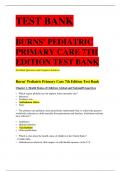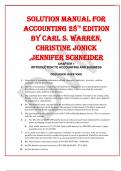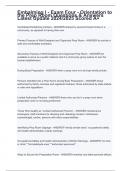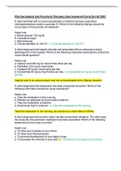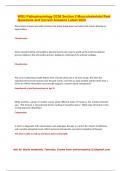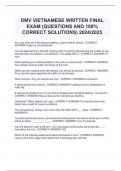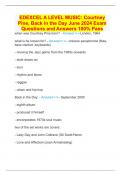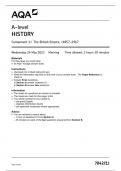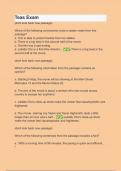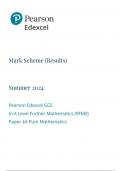Exam (elaborations)
Test Bank for Burns' Pediatric Primary Care 7th Edition ISBN 9780323581967 Chapter 1-46 | Complete Guide A+
- Course
- Institution
- Book
Burns Pediatric Primary Care 7th Edition Maaks Starr Brady Test Bank Download Burns’ Pediatric Primary Care 7th Edition Maaks Starr Brady Test Bank / Edition 7 Test Bank ISBN 9780323581967. Get a comprehensive foundation in children’s primary care! Test Bank PDF (Download Only) for Burns’ Ped...
[Show more]
